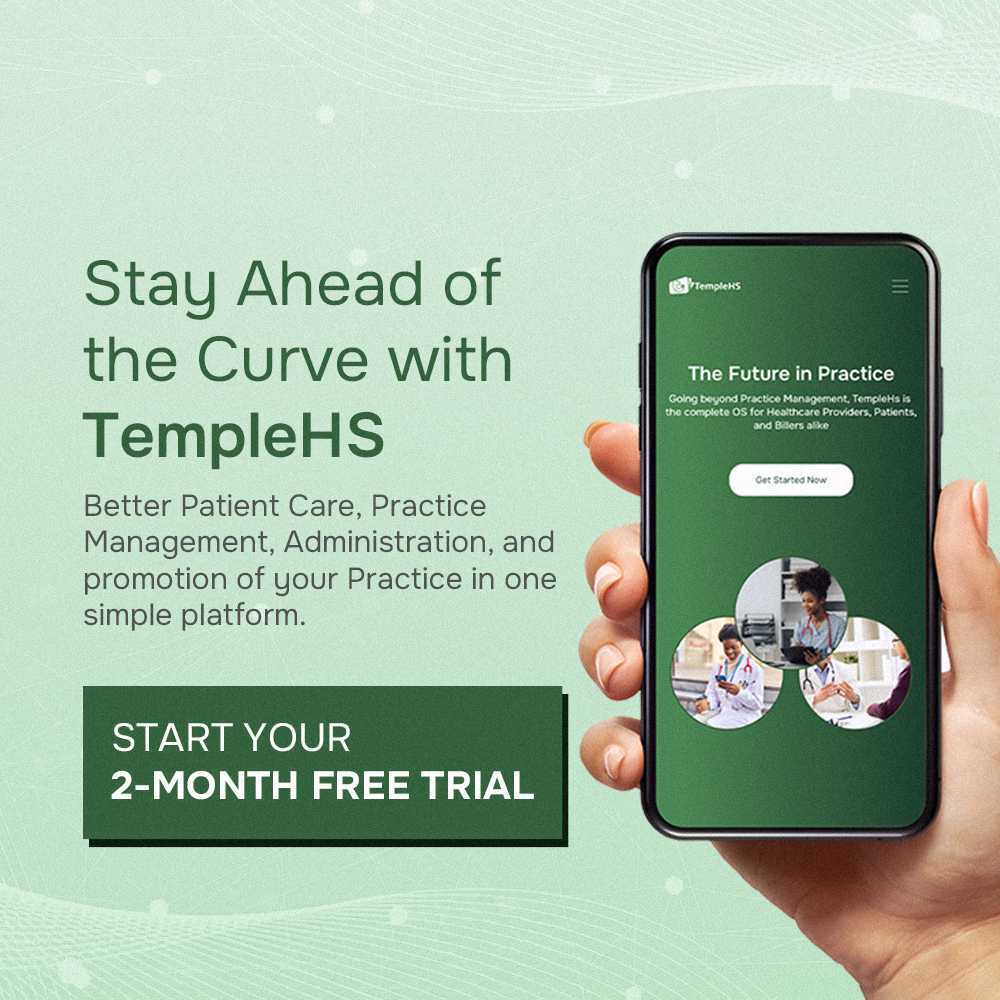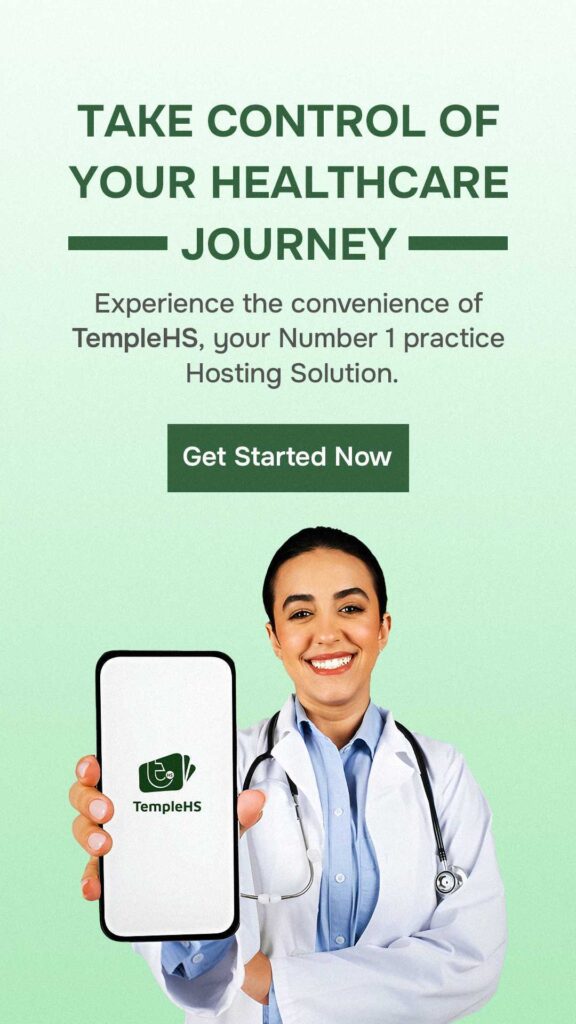Efficient clinical workflows are essential for providing high-quality care and ensuring that healthcare practices run smoothly. Electronic Health Records (EHR) have become a vital tool in streamlining various aspects of clinical operations. From improving communication between healthcare teams to organizing patient data for quicker access, a well-implemented EHR system can make a significant difference in the day-to-day functions of a medical practice.
This post will highlight four ways your EHR can help enhance clinical efficiency and contribute to better overall outcomes for both patients and providers.
4 Ways Your EHR Can Help Improve Clinical Efficiency
1. Streamline Patient Data Access and Management
Your EHR system can drastically cut down the time spent searching for and organizing patient information. By storing medical histories, test results, and treatment plans in one centralized location, healthcare providers can access everything they need with just a few clicks. This reduces the need for manual paperwork and minimizes the risk of errors associated with physical records.
Also, EHRs often come equipped with search and filter tools that make it easier for clinicians to find specific data quickly. The ability to instantly retrieve patient records allows for more efficient decision-making and quicker diagnoses, ultimately improving the overall flow of the practice.
2. Automate Routine Tasks and Reminders
EHR systems can be programmed to automate many time-consuming administrative tasks. For instance, they can send appointment reminders to patients via email or text, reducing the number of missed appointments.
EHRs can also automate billing processes, prescription refills, and lab test orders, ensuring that these tasks are completed accurately and on time without manual intervention. With fewer administrative tasks on their plate, healthcare providers can spend more time focusing on patient care, which improves both productivity and the patient experience.
3. Enhance Communication Between Healthcare Teams
Effective communication is key to running a smooth clinical operation. EHRs enable seamless communication between healthcare providers by allowing team members to share patient information in real time. Whether it’s a nurse updating a physician about a patient’s condition or a specialist consulting with a primary care doctor, EHRs ensure that everyone is on the same page.
This eliminates the need for endless back-and-forth communication via phone or email and reduces the chances of miscommunication or lost information. Enhanced collaboration leads to faster decision-making and improved patient outcomes.
4. Improve Clinical Decision Support with Data Insights
Most EHR systems offer built-in clinical decision support tools that can help providers make more informed choices. These tools analyze patient data and provide evidence-based recommendations for treatments, medications, and care plans.
For example, the system might flag potential drug interactions, suggest alternative therapies, or highlight preventive care measures based on the patient’s medical history. This support not only improves the accuracy of clinical decisions but also reduces the time spent on research and cross-referencing, ultimately enhancing efficiency in the clinical setting.
TempleHS for Efficient Clinical Workflows and EHR Management
TempleHS is a comprehensive medical practice management software designed to streamline clinical workflows and enhance Electronic Health Record (EHR) management. By integrating scheduling, billing, and patient records into a single platform, TempleHS reduces administrative burdens and allows healthcare professionals to focus more on patient care. The intuitive interface ensures that providers can quickly access patient information, schedule appointments, and process payments without navigating multiple systems.
Also, TempleHS offers robust data security measures to protect sensitive patient information, complying with all relevant healthcare regulations. Customisable features enable practices to tailor the software to their specific needs, improving efficiency and productivity. For more information about how TempleHS can transform your practice’s operations, visit templehs.com.
Conclusion
Making the most of your EHR system can lead to notable improvements in clinical efficiency. By streamlining data access, enhancing communication, and reducing time spent on administrative tasks, your practice can become more effective in delivering care. Implementing these strategies will not only boost productivity but also allow clinicians to dedicate more time patient care.



